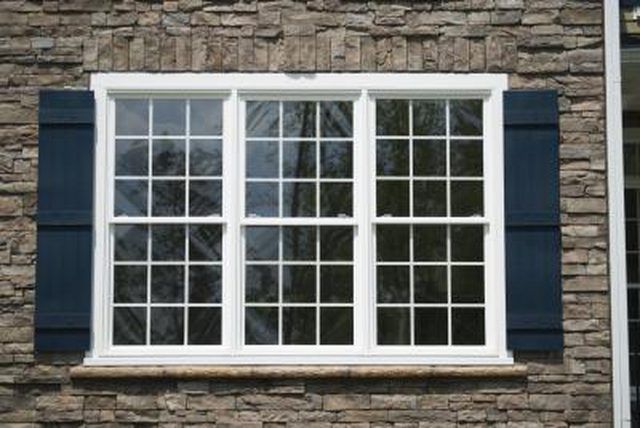Bulbs
Flower Basics
Flower Beds & Specialty Gardens
Flower Garden
Garden Furniture
Garden Gnomes
Garden Seeds
Garden Sheds
Garden Statues
Garden Tools & Supplies
Gardening Basics
Green & Organic
Groundcovers & Vines
Growing Annuals
Growing Basil
Growing Beans
Growing Berries
Growing Blueberries
Growing Cactus
Growing Corn
Growing Cotton
Growing Edibles
Growing Flowers
Growing Garlic
Growing Grapes
Growing Grass
Growing Herbs
Growing Jasmine
Growing Mint
Growing Mushrooms
Orchids
Growing Peanuts
Growing Perennials
Growing Plants
Growing Rosemary
Growing Roses
Growing Strawberries
Growing Sunflowers
Growing Thyme
Growing Tomatoes
Growing Tulips
Growing Vegetables
Herb Basics
Herb Garden
Indoor Growing
Landscaping Basics
Landscaping Patios
Landscaping Plants
Landscaping Shrubs
Landscaping Trees
Landscaping Walks & Pathways
Lawn Basics
Lawn Maintenance
Lawn Mowers
Lawn Ornaments
Lawn Planting
Lawn Tools
Outdoor Growing
Overall Landscape Planning
Pests, Weeds & Problems
Plant Basics
Rock Garden
Rose Garden
Shrubs
Soil
Specialty Gardens
Trees
Vegetable Garden
Yard Maintenance
How Does Drainage in a Window Well Work?
How Does Drainage in a Window Well Work?. A window well is a square or semicircular embankment dug on the side of a house to make room for a window close to the ground. Window wells are used when windows are built level with the foundation, or in basements, where the window needs space away from the soil and enough access to sunlight and air to...
Overview

Window Wells
A window well is a square or semicircular embankment dug on the side of a house to make room for a window close to the ground. Window wells are used when windows are built level with the foundation, or in basements, where the window needs space away from the soil and enough access to sunlight and air to make the project feasible. A window well is usually excavated for every window at or below foundation level, but they are sometimes long, running excavations that may cover multiple wells. These wells are usually shored up by a cement brace or brick wall of some sort, and extend up to several feet down into the soil.
Drainage
One problem with window wells is that they attract water and debris. Dirt and leaves blow into the wells and cannot escape, so they must be cleaned out. Rain water and snow accumulates inside, which can lead to deterioration and leaking problems. Most window wells come with a few inches of gravel, which is often not considered enough to adequately deal with drainage problems.
This leaves several other possible solutions open to the homeowner. One is to install a simple drain that diverts the water down to the natural foundation drains built under and beside the house. This can be problematic with basements because the water is encouraged to flow toward the house instead of away from it, which makes it easier for leaks to develop.
Other Solutions
A more complete solution is to create a series of trenches or outlets built into the window wells that divert the water away from the house until it reaches a point where it can be safely drained into the soil. The problem with this process is that it can be expensive, and may interfere with landscaping.
Some contractors suggest digging down even deeper into the well and adding about a foot of gravel to help with drainage problems. This solution is appealing because it does not affect surrounding construction or landscaping as much.